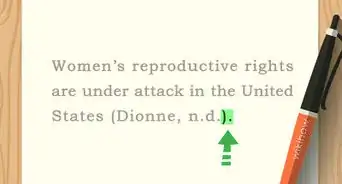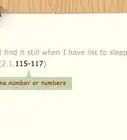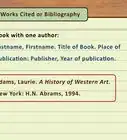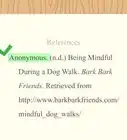This article was co-authored by wikiHow Staff. Our trained team of editors and researchers validate articles for accuracy and comprehensiveness. wikiHow's Content Management Team carefully monitors the work from our editorial staff to ensure that each article is backed by trusted research and meets our high quality standards.
This article has been viewed 56,847 times.
Learn more...
Citing a book in MLA (Modern Language Association) style is almost always simple and straightforward. When you cite a book in the body of your text, write the author’s name and the page number in parentheses. That in-text citation points your reader to the source's full entry on your works cited page. For the full entry, use the basic format: Author. Book Title. Publisher, publication date. Complicated entries, such as translated books, can get a little tricky but, with a little attention to detail, you can become an MLA master.
Steps
Creating an In-Text Citation
-
1Cite your source whenever you make a quote or reference. Note the source in parentheses right after a direct quotation, paraphrased text, or reference to another author’s ideas. This quick citation gives the reader enough information to find the source's full entry on your works cited page.[1]
Why Cite Sources?
Give credit to other authors. Citing your sources acknowledges your debt to other thinkers' ideas. Plus, plagiarism is dishonest and could get you in a lot of trouble.
Engage an intellectual dialogue. Academic writing is an exchange of ideas. Making references and citing sources is like having a conversation with other scholars.
Allow others to build on your work. A works cited page is like a blueprint that shows readers how to explore the topic further.[2]
-
2Write the author’s last name and page number in parentheses. Place the parenthetical citation immediately after the quote or reference, but before the sentence’s period. Include the author’s name and page number like this: (Smith 41).[3]
- Alternatively, you can mention the author’s name in your text, then just write the page number in parentheses. For example: “Smith argues that the painting is the artist’s most successful abstract work (52).”
- If you’ve cited sources by multiple authors with the same last name, include their first initials in your in-text citations, like this: (A. Smith 24).
- Use a hyphen if you’re citing a page range: (Smith 25-26).
Tip: There is no need to recite the author's last name if you already mentioned it when introducing the quote. So, if you said "According to Erikson...", there isn't a need to re-add the author's name at the end. You can just finish the citation/quote without adding (Erikson 27).
Advertisement -
3List both last names if the book has 2 authors. Write “and” in-between the last names, then specify the page number: (Doe and Smith 98). You can also mention the authors in your text, then just write the page number in parentheses.[4]
- For a book with 3 or more authors, write the first author’s last name, include a comma, and add “et al.” The in-text citation would look like this: (Smith, et al. 61).
-
4Add a short title if you’ve cited multiple sources by 1 author. To specify the exact work you’re citing, write the author’s last name, a comma, the first few words of the source’s title, and the page number. If, for instance, your works cited page includes multiple books by Fyodor Dostoevsky, an in-text citation would be: (Dostoevsky, The Brothers Karamazov, 232).[5]
- If you’ve cited multiple works by the same author and don’t include titles in your in-text citations, your reader won’t know which source you’re referencing.
-
5Include both in-text citations and works cited entries. Since parenthetical citations and works cited entries work together, you need to include both when you cite your sources. While an in-text citation is usually just a quick mention of an author and page number, a works cited entry lists a source's author, title, publisher, and date of publication.[6]
- The in-text citation gives your reader enough information to look up the source’s full entry on your works cited page. The full works cited entry then shows the reader exactly where to find the source you’ve cited.
Making a Basic Works Cited Entry
-
1Start the entry with the author’s last and first names. Include a comma after the author’s last name and a period after the first name. If the author has a middle initial, write it after the first name. For instance: Kennedy, John F.[7]
- If a book lists a corporation or organization instead of individuals, write the name of the organization, then add a period, like this: American Allergy Association.
-
2Add the book’s title in italics. In MLA style, book titles are always italicized. If the book has a subtitle, include it in your entry. Add a period immediately after the book’s title.[8]
- So far, a works cited entry would look like this: Rowling, J.K. Harry Potter and the Sorcerer's Stone.
Warning! Remember to indent the second line. Without an indent, it is incorrect. This is called a hanging indentation.
-
3Finish with the publisher and publication date. Include a comma after the publisher, write the year the book was published, then add a period. Past editions of the MLA style guide required the publisher’s city. However, the latest edition states that the city is only necessary for books published before 1900.[9]
- A finished works cited entry would be: Rowling, J.K. Harry Potter and the Sorcerer's Stone. Scholastic, 1999.
Variation: For republished books that originally appeared at an earlier date, note the original publication date after the title: Fitzgerald, F. Scott. The Great Gatsby. 1925. Scribner, 2004.
Citing More Complex Sources
-
1List a second author in first name-last name format. For books with 2 authors, write the first author in last name-first name format, add a comma, then write “and.” List the second author in first name-last name format.[10]
- Write 2 authors like this: Masterson, Kathleen, and Noelle Poremski.
- For works with 3 or more authors, list the first author, add a comma, then write “et al.” Write, for instance: Masterson, Kathleen, et al.
Warning! Remember to indent the second line. Without an indent, it is incorrect. This is called a hanging indentation.
-
2Include other contributors right after the book’s title. Other contributors include translators, editors, and illustrators. Write out “Translated by” or “Illustrated by” in full instead of using abbreviations. Add a period after noting an editor, translator, or illustrator.[11]
- An entry that includes another contributor would be: Breton, André. Nadja. 1923. Translated by Richard Howard. Grove Press, 1960.
-
3Cite the title of a work in a collection after the author’s name. Suppose your source is a poem or essay in an anthology. Write the author’s name, the title of the poem or essay in quotes, then add the anthology’s name in italics. Include the editor or translator after the title, if necessary, and note the page range after the publication date.[12]
- For instance: Camus, Albert. “The Minotaur, or the Stop in Oran.” The Myth of Sisyphus and Other Essays, translated by Justin O’Brien. Vintage International, 1991, pp. 155-84.
- When you cite an edited or translated anthology or collection, separate the title and other contributor with a comma.
-
4Skip the author and publisher if you’re citing a reference book. Dictionaries and encyclopedias are a little different than authored texts. Begin your entry with the term or article you’ve referenced in quotes, then add a period. Write the title of the reference text, and note the edition and year of publication.[13]
- For example: “Content.” Merriam Webster’s Collegiate Dictionary, 11th ed., 2003.
-
5Include a URL if you accessed a book online. To cite an electronic text, write a comma after the publication date instead of using a period. Specify the URL (without including https), add a period, then note the date you accessed the text. Write the date in Day Month, Year format, and abbreviate the month.[14]
- This is the citation format you’d use: Author. Book Title. Publisher, publication date, URL. Accessed Day, Month, Year.
References
- ↑ https://ctl.yale.edu/writing/using-sources/signaling-sources-body-paper
- ↑ https://ctl.yale.edu/writing/using-sources/why-cite
- ↑ https://owl.purdue.edu/owl/research_and_citation/mla_style/mla_formatting_and_style_guide/mla_in_text_citations_the_basics.html
- ↑ https://owl.purdue.edu/owl/research_and_citation/mla_style/mla_formatting_and_style_guide/mla_in_text_citations_the_basics.html
- ↑ https://owl.purdue.edu/owl/research_and_citation/mla_style/mla_formatting_and_style_guide/mla_in_text_citations_the_basics.html
- ↑ https://owl.purdue.edu/owl/research_and_citation/mla_style/mla_formatting_and_style_guide/mla_works_cited_page_books.html
- ↑ https://owl.purdue.edu/owl/research_and_citation/mla_style/mla_formatting_and_style_guide/mla_works_cited_page_books.html
- ↑ https://owl.purdue.edu/owl/research_and_citation/mla_style/mla_formatting_and_style_guide/mla_works_cited_page_books.html
- ↑ https://owl.purdue.edu/owl/research_and_citation/mla_style/mla_formatting_and_style_guide/mla_formatting_and_style_guide.html
- ↑ https://owl.purdue.edu/owl/research_and_citation/mla_style/mla_formatting_and_style_guide/mla_works_cited_page_books.html
- ↑ https://owl.purdue.edu/owl/research_and_citation/mla_style/mla_formatting_and_style_guide/mla_formatting_and_style_guide.html
- ↑ https://owl.purdue.edu/owl/research_and_citation/mla_style/mla_formatting_and_style_guide/mla_formatting_and_style_guide.html
- ↑ https://owl.purdue.edu/owl/research_and_citation/mla_style/mla_formatting_and_style_guide/mla_works_cited_page_books.html
- ↑ https://owl.purdue.edu/owl/research_and_citation/mla_style/mla_formatting_and_style_guide/mla_works_cited_page_books.html
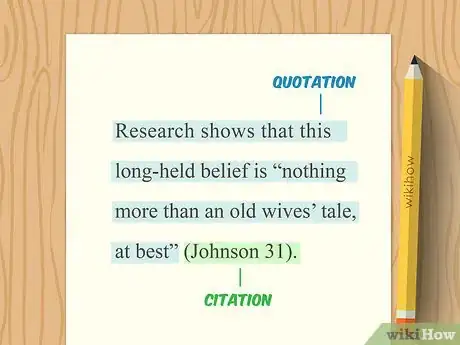


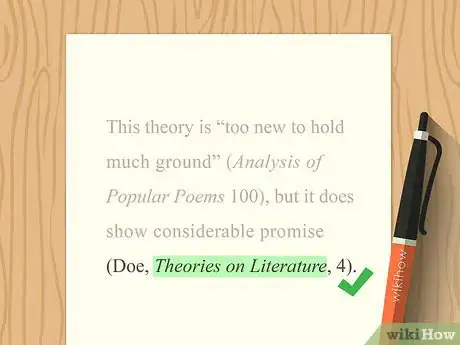
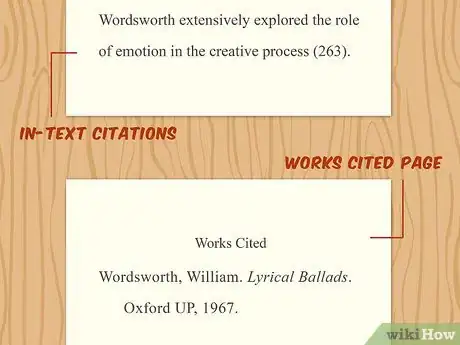
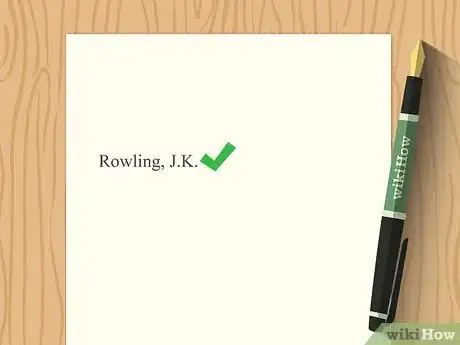

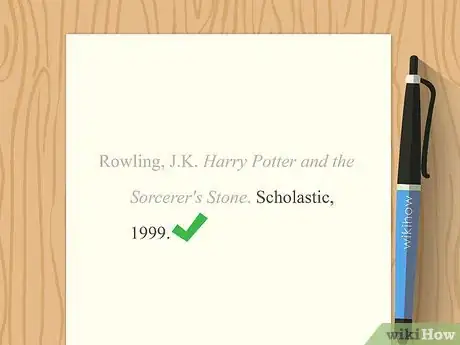
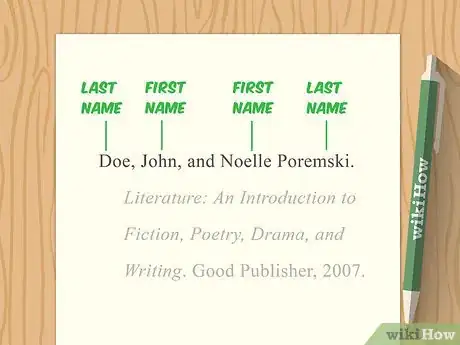
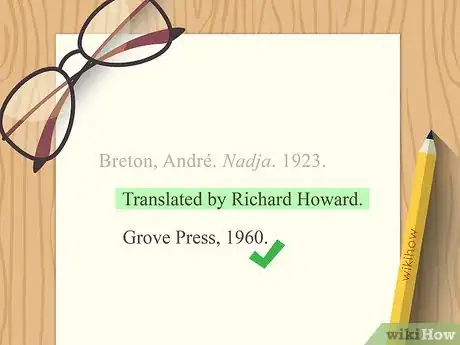

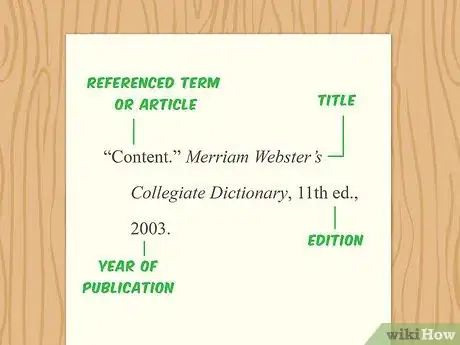

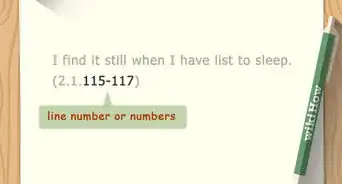

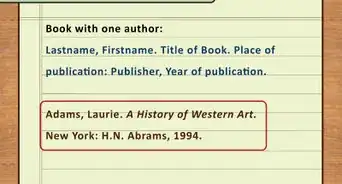





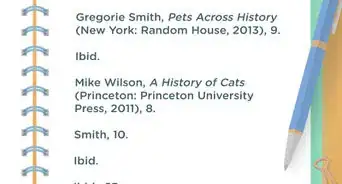
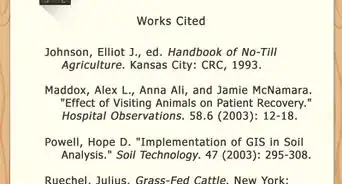

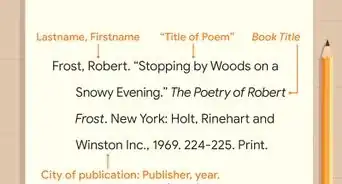
-Step-18.webp)
